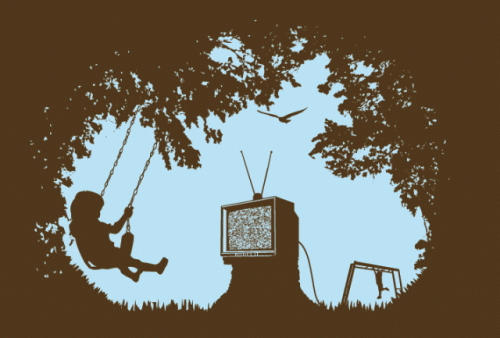Last Child in the Woods
Myers, Caldino, Lopez, Mercado, Ramos
Gwendolyn Alley
English 2
November 1, 2012
Group Book Review
Nature-deficit disorder is becoming one of the most recent issues in our society today and people are not taking it seriously. Nature-deficit disorder is the lack of connection between children and nature. In the book Last Child in the Woods, Richard Louv explains and gives examples of people’s personal experiences trying to prevent this disorder affecting their children. One example comes from John Rick, a middle-school math teacher, who was reading an article from his new community’s newsletter about the “illegal use” of open spaces. Rick recalls, “Unlike where we had lived before, kids were actually out there running around in the trees, building forts, and playing with their imaginations” (27).
Louv continues on with the effects of nature-deficit disorder and what it does to children. Some of the effects are: attention disorders, depression, obesity, aggression, stress, sicknesses, and the inability to adapt to life’s unpredictable turns. Louv writes, “Nature is often overlooked as a healing balm for the emotional hardships in a child’s life” (49). Science thinks that if a medication prescribed to an adult can help them, that same medication can help that of a child. The side effects of medication are more aggressive and intense to a growing body of a child, than to that of an adult body. Louv says that nature can be a form of medication to children than making them drugged out. Tom Delate says “…a growing awareness of and screening for depression by pediatricians and assumptions that the effectiveness experienced by adults using antidepressant medications will translate to children and adolescents” (49).
As a group, we all agreed that this was a good book. The book included a broad variety of examples that could relate to diverse communities. Although the book was repetitive, it gave you a full understanding of how serious this disorder is becoming. We agreed that Louv did an excellent job giving us plenty of examples and research on how it affects children. We have realized what nature has to offer, so that when we decide to have kids we can keep this disorder in mind.
We recommend Last Child in the Woods to parents, and people who are involved with child development. Parents should realize that there is a difference between organized play outside and random play outside. It should give them a clearer understanding of why nature is so important to the development of children. We highly suggest parents should read this, because it will show them that nature can lower the issues of depression, obesity, aggression, etc. And therefore reconsider thinking that nature is a “scary place” and allow them to be one with their natural surroundings.


